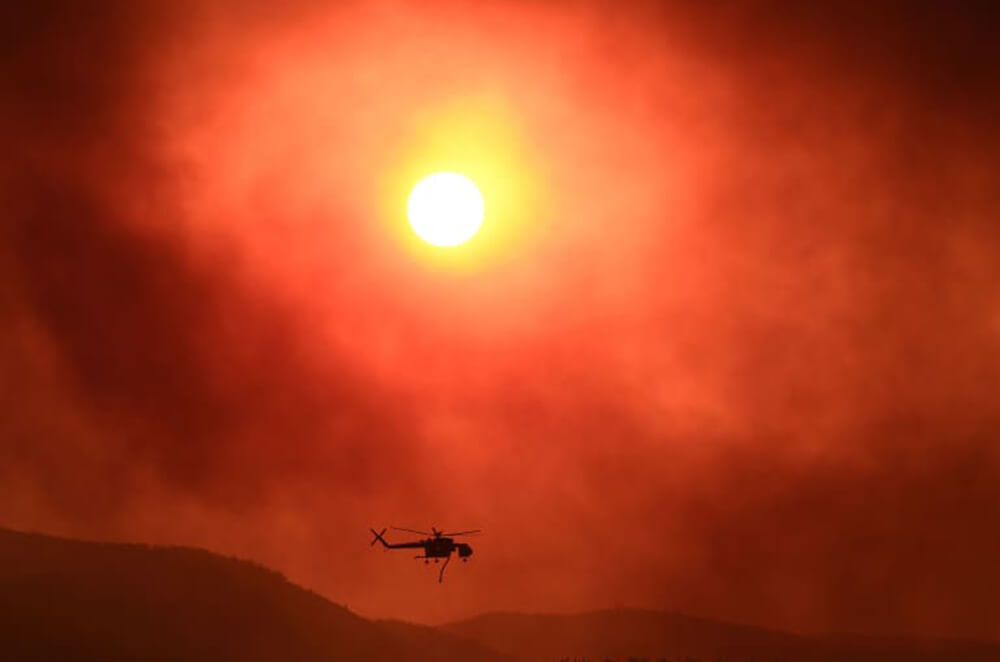It’s been a record-breaking year, and not in a good way. This 2023 we’ve seen the hottest ever October, September, August, July and June. Which is why scientists have warned the world is set to have been hotter in 2023 than in any other year on record.
The Copernicus Climate Change Service took into account data from January 1940 until the present to come to this conclusion. The analysis uses billions of measurements from satellites, ships, aircraft and weather stations around the world.
So, what’s causing the heat? In short, rising carbon emissions and climate change, as well as this year’s El Niño weather phenomenon. But scientists expect other factors also contributed to rising temperatures, like a drop in sulphur pollution and a volcanic eruption in Tonga.
Consequences beyond numbers
It’s easy to forget that higher temperatures are more than numbers. In the words of climate scientist Friederike Otto: “The fact that we’re seeing this record hot year means record human suffering.” A hotter world means extreme heatwaves and droughts that have so far this year already cost thousands of people their livelihoods and even their lives. “These are the records that matter,” reiterated Otto.
Though the whole world will experience the potentially deadly impacts of these rising temperatures, regions like Latin America and the Caribbean are particularly vulnerable to its effects. Both the IPCC (Intergovernmental Panel on Climate Change) and the World Meteorological Organization (WMO) have conducted studies in the past 3 years that support this fact.
In their 2022 report, the IPCC concluded that Central and South America are “highly exposed, vulnerable and strongly impacted by climate change.” The fact that the region has also historically experienced political instability and high levels of poverty and inequality further aggravates the situation.
Let’s look at some specific ways in which rising temperatures are impacting people and the environment across Latin America and the Caribbean:
Melting glaciers in the Andes: Glaciers in the tropical Andes have shrunk by over 30% since the 1980s, with some in Peru losing more than 50% of their area. This escalates water scarcity risks for Andean populations and ecosystems.
Accelerated sea level rise: Coastal populations along the Atlantic coast of South America and the subtropical North Atlantic/Gulf of Mexico are facing freshwater contamination, erosion, inundation, and heightened storm surge risks because of how quickly sea levels are rising in the area.
Drought impact on agriculture: Food security and agriculture are threatened due to prevailing drought conditions and other extreme weather events in the region. In 2021, 7.7 million people in Guatemala, El Salvador, and Nicaragua experienced high levels of food insecurity, stemming from the lasting effects of hurricanes Eta and Iota in 2020, compounded by COVID-19 economic repercussions.
Climate-induced migration: The Andes, northeast Brazil, and northern Central American countries have become hotspots for climate-induced migrations and displacements over the past 8 years. Climate change acts as a major amplifier, exacerbating social, economic, and environmental drivers of migration.
The dying Amazon: Forest fires, linked to temperature rise, dry conditions, and strong winds, have surged in recent years. The degradation of the Amazon rainforest is not only a major concern for the region, but also for global climate, because of the pivotal role the forest plays in mitigating the effects of climate change.

